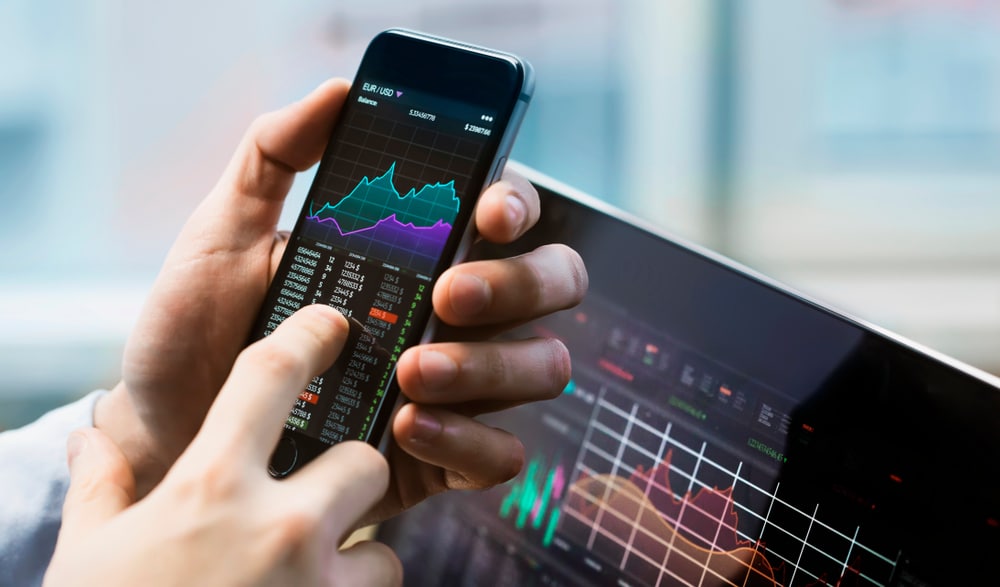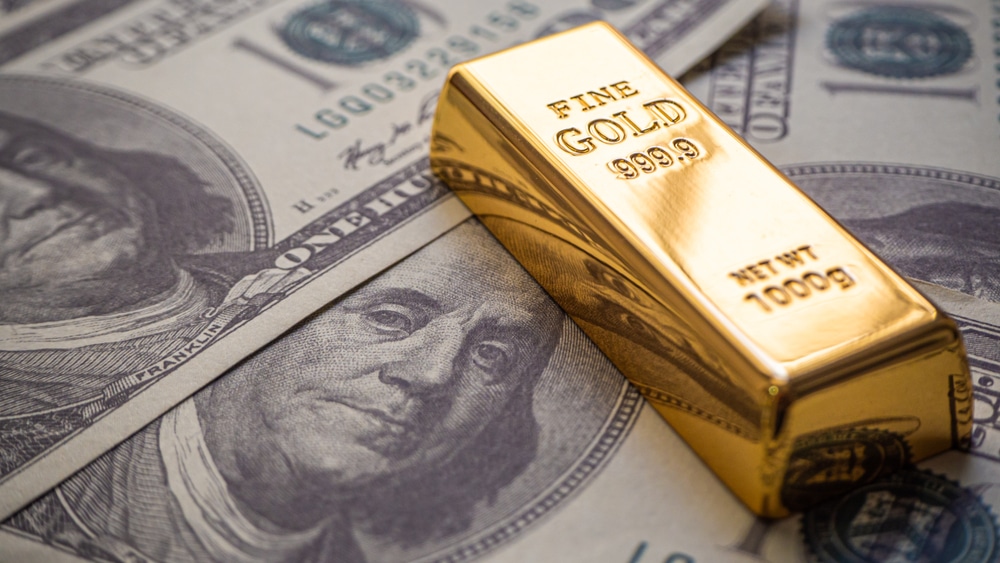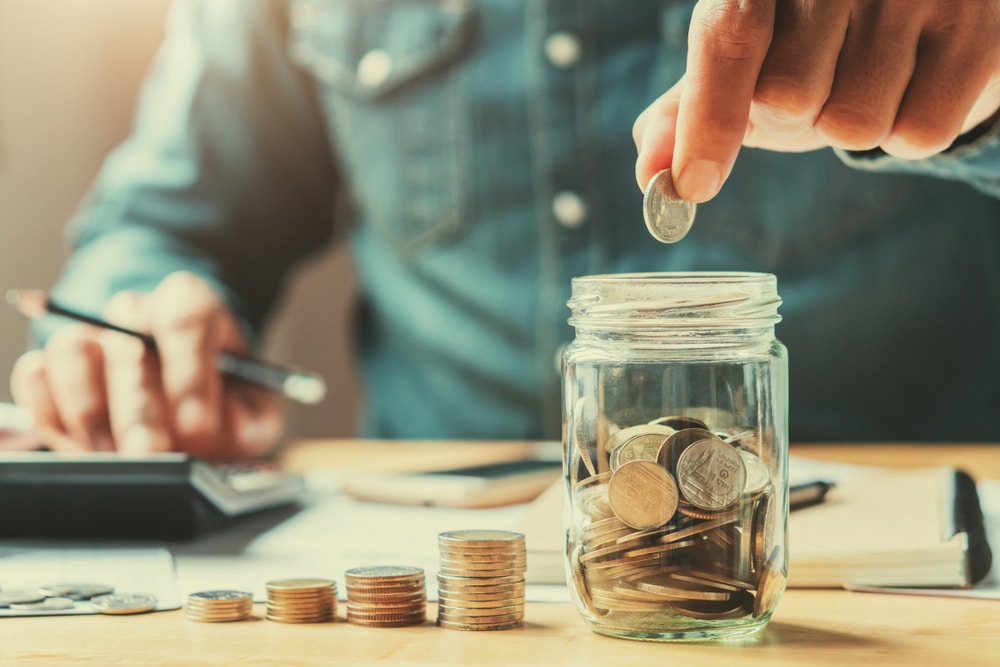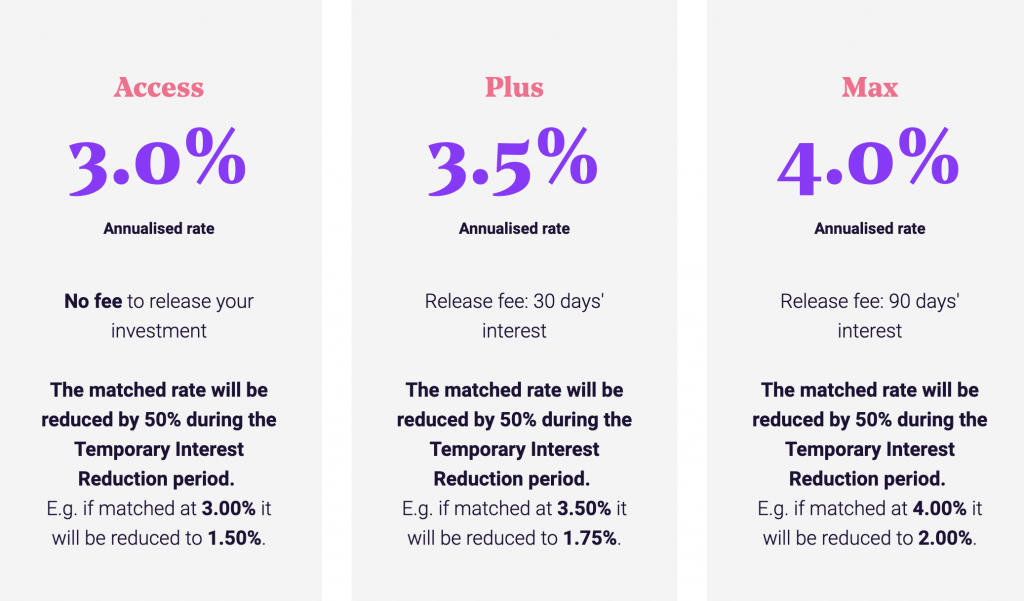100k could be worth 150k, 80k or even nothing in 20 years depending on what you do with it.
In this post, we’re going to discuss the different returns on investment on 100k based on the past 20 years to predict what 100k would create over the next 20 years.

As always, past performance is not an indicator of future performance. Just because one index fund performed well from 2000 to 2020 doesn’t mean it’ll do well from 2020 to 2040 however, it’s one of the most reliable stats we have to hand.
Please don’t use this information to make a financial decision. I’m not a financial advisor. I purely put together this content for fun and to share my opinion and thoughts on the topic. Please consult a financial advisor and do your own research before making any decisions.
If You Invested In Property
Much like every investment in this article this has a number of variables.
The return depends on where the property is located and the type of property purchased (to name a few).
In the UK, This is Money found that house prices have increased 207% in the last 20 years.
This would mean a home purchased for £100,000 would be worth £207,000 20 years later.

Meanwhile, in the US Global Property Guide found you got on average $156.30 per square foot of a property in 2002 (this was the earliest I could find) compared to $261.55 per square foot of a property in 2018 (this was the latest I could find)
That’s an increase of $105.25 per square foot in 16 years.
Therefore if you’d have spent $100,000 on a property in 2002 it’s estimated to be worth $167,338 16 years later.
Based on an average increase of $4,208.65 per year (the difference between the cost of the property in 2002 and the cost of the same property in 2018 on average divided by 16 years) you could estimate that $100,000 spent on a property in 2000 would be worth somewhere around $184,173.
If You Invested In The FTSE 100
The FTSE 100 is also known as The Financial Times Stock Exchange 100 Index.
This index is calculated from the 100 companies listed on the London Stock Exchange with the highest market capitalisation.
It is seen as a gauge of prosperity for businesses regulated by UK company law.

In April 2000, it was worth 6,216.90, today however it’s only worth 5,853.76 due to a global financial and health crisis.
That means if you’d have spent £100,000 purchasing the FTSE 100 index shares they’d only be worth £94,128.46.
This doesn’t include any commission or fees.
If You Invested In The Dow
The Dow, also known as the Dow Jones is the stock market index which measures the performance of the 30 largest companies listed on stock exchanges in the United States.
Back in 2000, one share was worth 10,229.40 however, today 20 years later it’s worth 23,664.64 despite the same global resection and health crisis in England.

You’d have got 9.77 shares for your $100,000 back in 2000 however, those same 9.77 would be worth $231,203.53 today.
That’s a 131.34% return on investment.
Again, this doesn’t include any buy or sell commissions or fees.
If You Invested In Gold
On to looking at how the most famous precious metal, gold has performed over the last 20 years.
An honestly. This is one I did not expect to perform half as well as it has done.

Back in 2000, 1 oz of gold in the US was worth about $300. 20 years later than 1 oz is worth around $1,700.
That’s a 508% ROI.
Which means if you’d have bought 333 oz of gold back in 2000 for $100,000.
Your family would have probably thought you were crazy…
But today, those 333 ozs would be worth $566,100.
This is based on a trade price. You’re going to pay more and sell for less when you’re selling to a dealer.
If You Had Put The Money In A Savings Account
You can protect your money while earning interest by putting the money in a savings account.
Again, different banks offer different savings accounts, and different savings accounts offer different interest rates.

Back in 2000, interest rates in the UK were around 5% however, this went down to 3.5% in 2002 and while it picked up again in 2005, they’ve been below 2% for the last 7 years.
Based on these average interest rates each year, and compounding the money would be worth the following;
2001 = £105,470
2002 = £110,363
2003 = £114,425
2004 = £118,693
2005 = £124,105
2006 = £130,210
2007 = £136,304
2008 = £143,869
2009 = £151,191
2010 = £154,533
2011 = £158,860
2012 = £163,228
2013 = £167,799
2014 = £170,769
2015 = £173,296
2016 = £175,722
2017 = £177,884
2018 = £179,662
2019 = £181,782
2020 = £184,309
This is a fantastic return on investment considering how safe the money is when compared to investing in stocks and shares which have a risk.
The USA has a similar average interest rate so you can use the same ROI and estimate than $100k in a savings account would also be worth around $184k 20 years later.
In Peer-2-Peer Lending
Peer to Peer lending hasn’t been around since 2000 (20 years ago from when I’ve published this content).
Instead, the first company, Zopa launched in the UK in 2005. Followed by LendingClub in the US which is now the largest peer 2 peer lending facility in the world in 2006.
LendingClub estimates you’ll receive around 5% return on investment per year.
Therefore if LendingClub had been around in 2000 and you’d invested $100k with them in 2020, you’d have $265,329.77
This is based on the 5% annual return compounding over the 20 years.
Meanwhile, RateSetter offers a more fixed interest rate plan.
Here users will see returns of 3% on a rolling investment, 3.5% on a 1-year investment and 4% on a 5 year fixed investment.

As I mentioned earlier there is a global crisis going on right now so the interest fees have been temporarily cut in half. The percentages above do not reflect this.
If you’d invested £100,000 in RateSetter in 2000 (if it was around) then based on the access rate of 3% you’d have £180,611.12 in 2020.
If you’d invested that same £100,000 in RateSetter in 2000 on the 3.5% plus rate of 3.5% then you’d have £198,978.89 in 2020.
Finally, if you’d invested £100,000 in RateSetter in 2000 on the 4% max rate then you’d have £219,112.31 in 2020.
Again, this is all based on the compounding of the interest and the invested capital 20 years ago.
